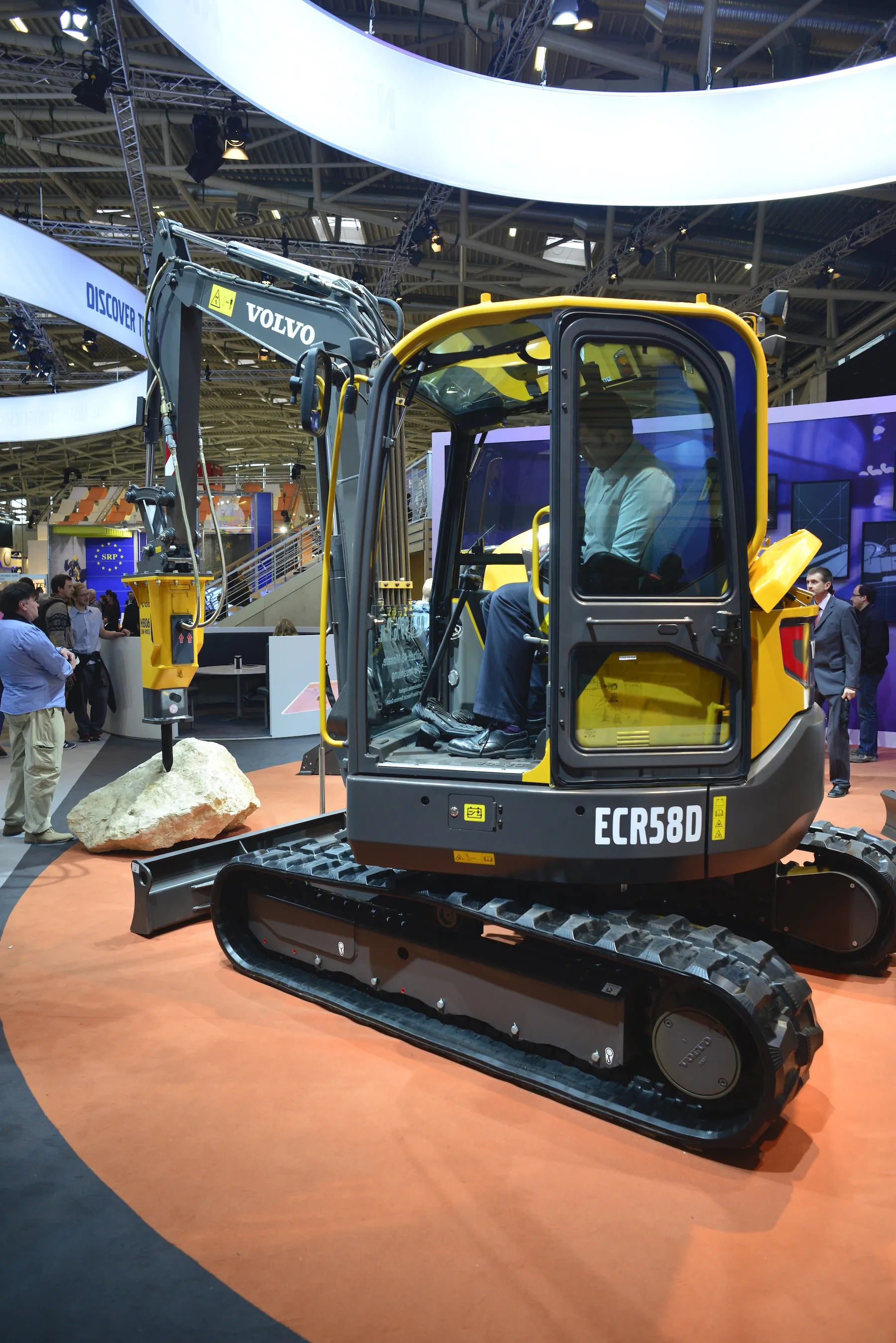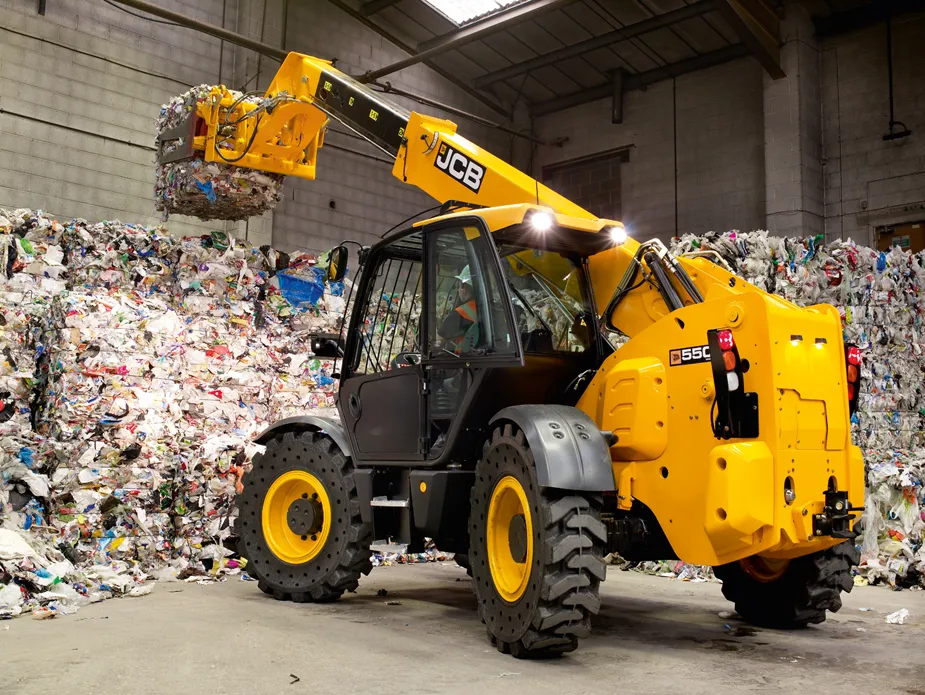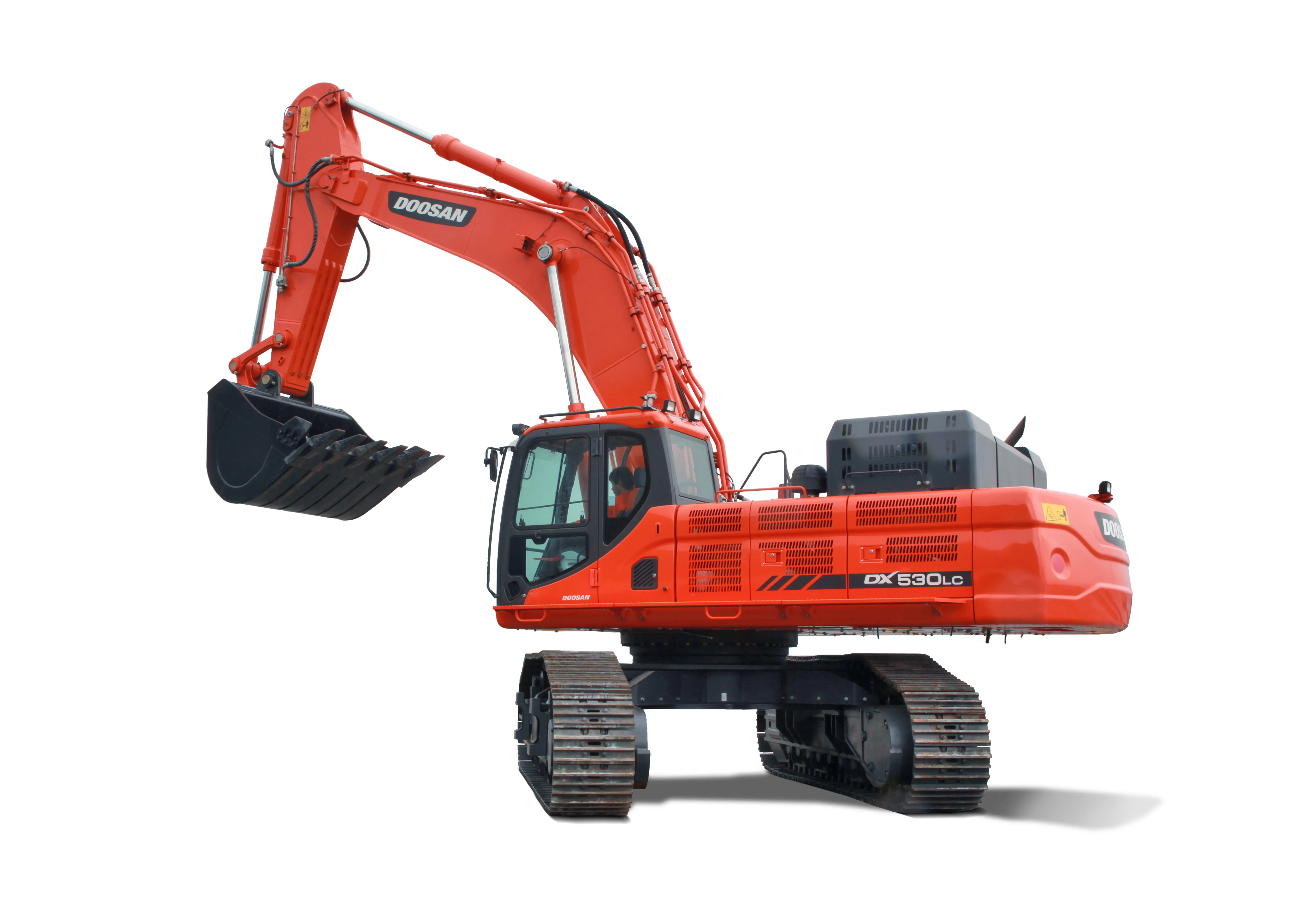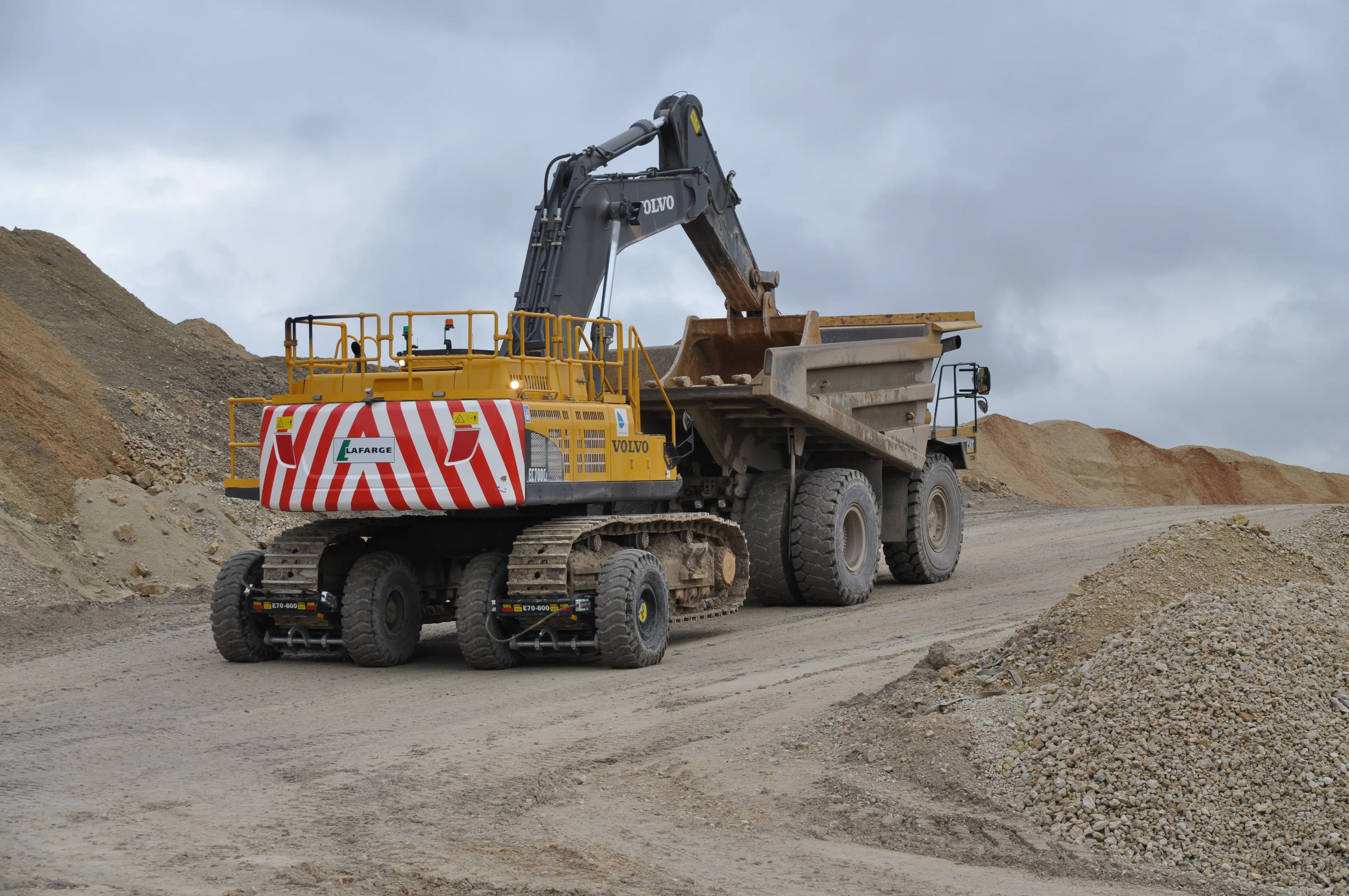Volvo’s launches at bauma included three new excavators with a short swing radius. The ECR25D, ECR58D and ECR88D are designed to be in their element in small, enclosed areas or for working within a single highway lane. They offer digging performance, breakout and tear-out forces and lifting capabilities that rival their larger counterparts, said Volvo. The smallest model, the ECR25D, is particularly easy to take to where it is needed. It can be transported with up to three buckets and a hydraulic breaker on
April 18, 2013
Read time: 2 mins

The ECR25D, ECR58D and ECR88D are designed to be in their element in small, enclosed areas or for working within a single highway lane.
They offer digging performance, breakout and tear-out forces and lifting capabilities that rival their larger counterparts, said Volvo.
The smallest model, the ECR25D, is particularly easy to take to where it is needed. It can be transported with up to three buckets and a hydraulic breaker on a small trailer and still weigh less than 3.5tonnes, including the trailer. Operating weights for the three models range from 2.49tonnes to 9.5tonnes.
The short front/rear radius is well suited to working within a single highway lane, minimising disruption to the flow of traffic, said Volvo. This feature can sometimes be a prequalification condition on contracts.
The ECR58D and ECR88D feature a narrow body design and centrally positioned boom. Their superstructure on these ECR models is so compact that its rear swings within its track shoe, and the ECR25D only exceeds track-width when equipped with an additional counterweight. This allows the excavator can get extremely close to objects without risk of collision with the rear of the machine as it swings.
The ECR25D, ECR58D and ECR88D are available with a mono-boom – or an optional two-piece boom on the ECR88D – several arm configurations and blade for greater flexibility.
%$Linker:








